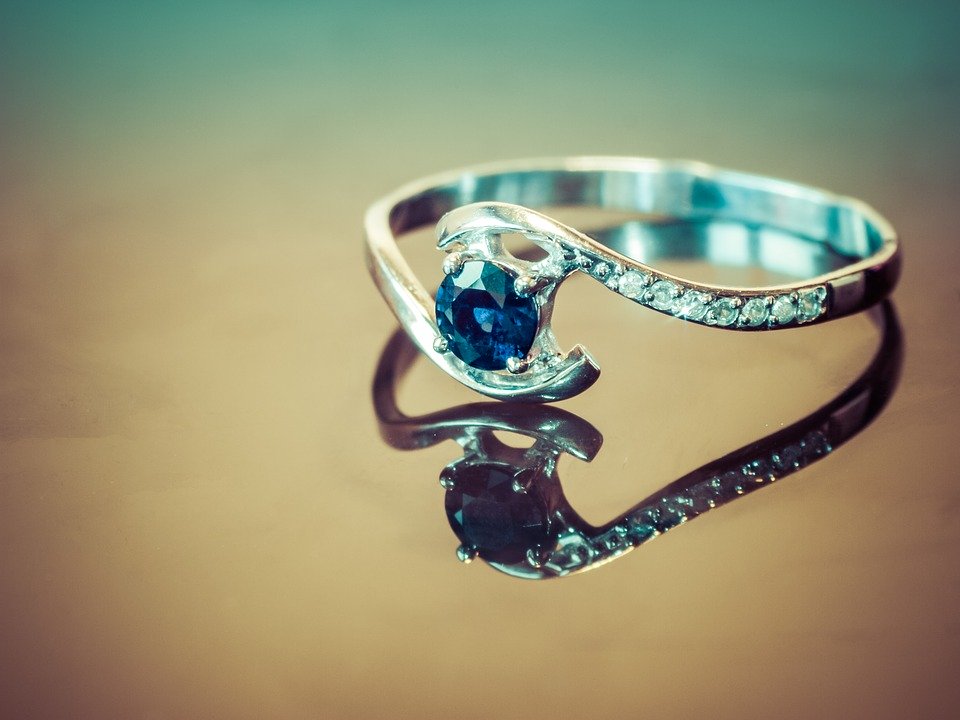Who doesn’t love the rich, striking color ranges of sapphires? These seductive gems vary in color from dark blue to light pink, and nearly everything in between (except red). Whether you’re looking for a unique engagement ring, a beautiful pendant for a necklace, or a radiant custom piece, choose from Leibish’s sapphire jewelry collection to find the perfect design today.
The History of Sapphires
Sapphires are considered to be some of the most sought-after precious gemstones throughout history, most notably being used for royal engagement rings, crowns, and brooches. They are believed to have been first discovered in Sri Lanka, more than 2,000 years ago. Today, Sri Lanka is still one of the top producers of the gem (being one of the world’s largest reserves of >100 carat sapphires).
The overall popularity of these beautiful gemstones has come in waves throughout the years. In the 1200s, sapphires experienced an explosion in popularity. They were mainly used as engagement rings during this period. Two hundred years later, sapphire engagement rings again became popular among members of royal families. It was during this time that the sapphire became known as a symbol of love and fidelity.
Up until the early 1900s, sapphire popularity dipped and climbed every few decades. When Art Deco took off in the 1920s, sapphires again experienced a major increase in popularity. Fast forward to the 21st century, and sapphires have remained as one of the most prized gemstones in the world.
Sapphire Colors
From regal, deep blues to sultry, stunning pinks, sapphires come in a huge range of colors and hues. The most traditional color is dark blue, but contemporary fashion trends have seen nearly every color come to prominence in the jewelry industry.
The different colors of sapphires can be attributed to the varying trace mineral elements found within them. The classic dark blue color is caused by trace elements of titanium within the gemstone. Yellow sapphires achieve their unique, vibrant coloring due to the presence of iron. Pink sapphires – one of the most prized colors of the stone – can attribute their dazzling coloring to trace amounts of chromium in their structure.
Sapphire Cuts & Shapes
The specific shape and cut of a gemstone is a major part of its overall value, and it’s no different with sapphires. Precise, measured, and detailed cuts are essential to bring out the natural beauty of stone. Oval, round, and cushion cuts are some of the more popular styles seen in sapphires. These cuts are standard in the jewelry industry, and used in the creation of rings, earrings, and pendants.
Round style shapes are some of the more costly styles available. Because of the circular shape, more of the rough gemstone needs to be cut away, making it more costly to produce. Sapphires are also often cut into other shapes such as marquise, heart, or pear.
The main types of cuts typically used with sapphires are step, brilliant, mixed, and cabochon. Although they all have different styles, the main goal of any cut is to have symmetrical facets and optimal angles (so that the stone emits an ideal amount of brilliance). Gemstone cutters need to have an in-depth understanding of gemological properties to know the exact cut that will allow the stone to be as naturally stunning as possible.
Sapphire Symbolism & Legend
Sapphire’s name comes from the latin word “saphirus” (which literally translates to “blue”). In numerous languages around the world, sapphire holds relation to the planet Saturn (for all of you astrologers out there). Sapphires are the traditional birthstone for the month of September. There are many interesting and fantastical legends surrounding this beautiful stone.
The medieval period was rife with superstition and legend. Sapphires first became widely popular around this time (especially among royalty). One of the more common beliefs about the sapphire was that its color would fade if the wearer was “impure” or unfaithful. Another popular belief of the time was that the gem bestowed special blessings from god. In fact, it was common for members of the church to wear sapphire jewelry because of this.
The sapphire was classically used to represent the sky, or the heavens, across numerous cultures. In Asia, sapphires were also worn for their spiritual connotations (and the stone’s connection to the stars). Persian doctors would even crush the gem to a fine powder to use as a healing agent against illness.
The sapphire has a rich, storied past which has extended into today’s modern world. Head on over to the Leibish sapphire jewelry collection today to browse their huge collection of stunning sapphire designs.












